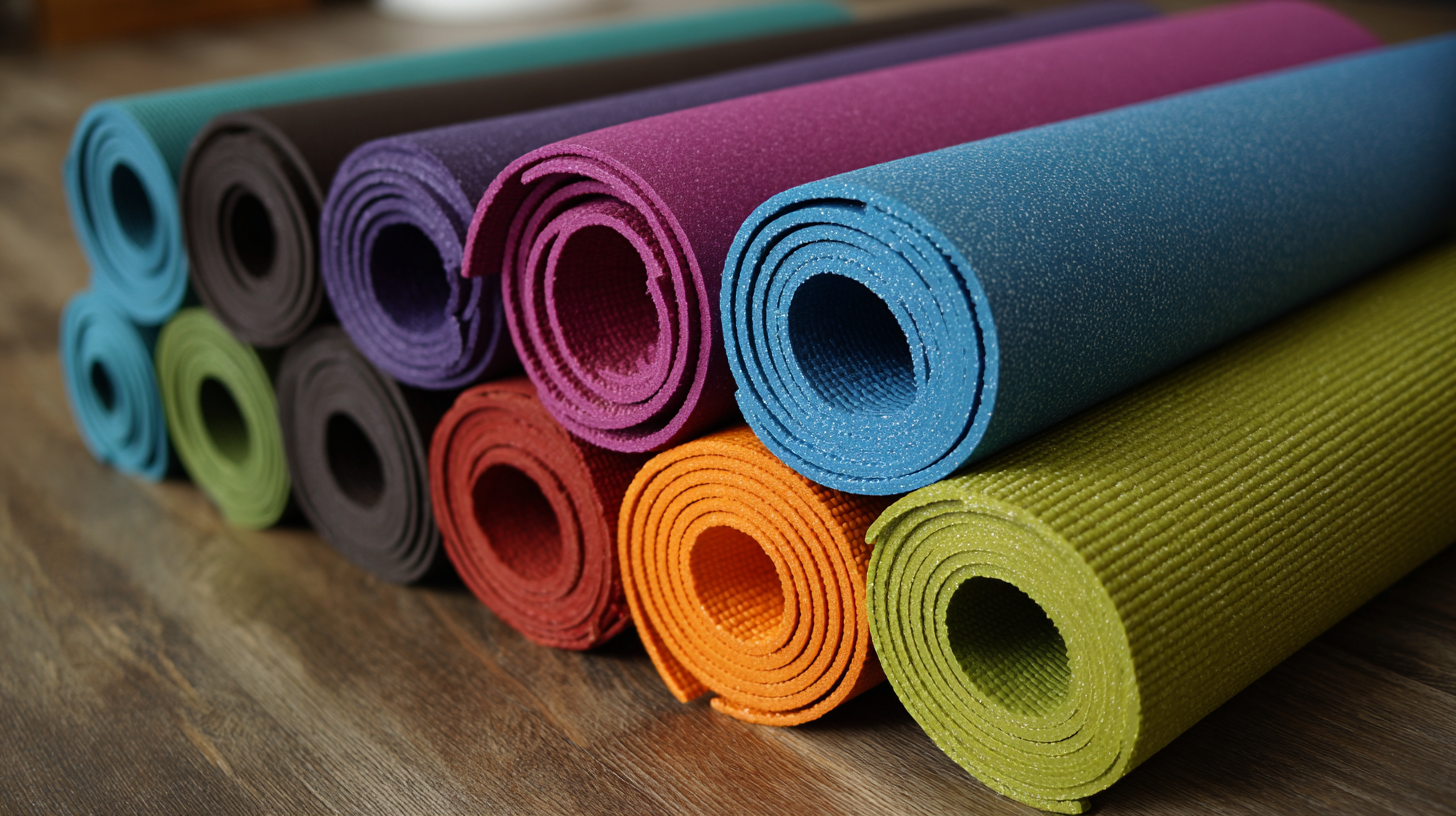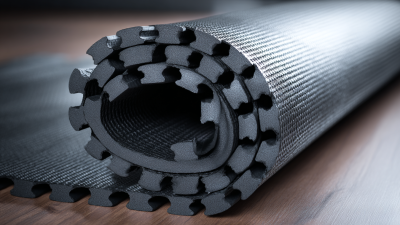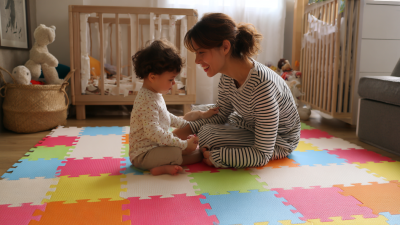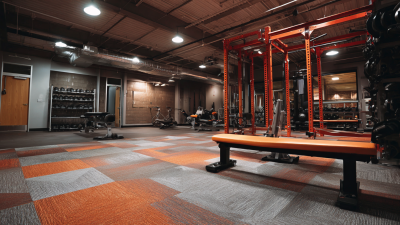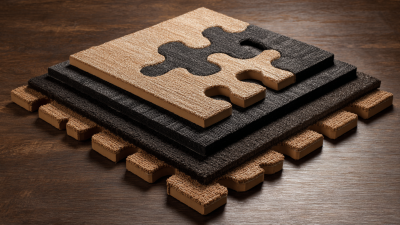When selecting the ideal solid colors foam mat for your space, it's essential to consider the multifunctional benefits these mats provide, ranging from aesthetic appeal to enhanced safety and comfort. According to the International Floor covering Association, the market for foam mats has seen a significant surge, with a projected growth rate of over 7% annually through 2025, underscoring their increasing popularity across both residential and commercial settings.
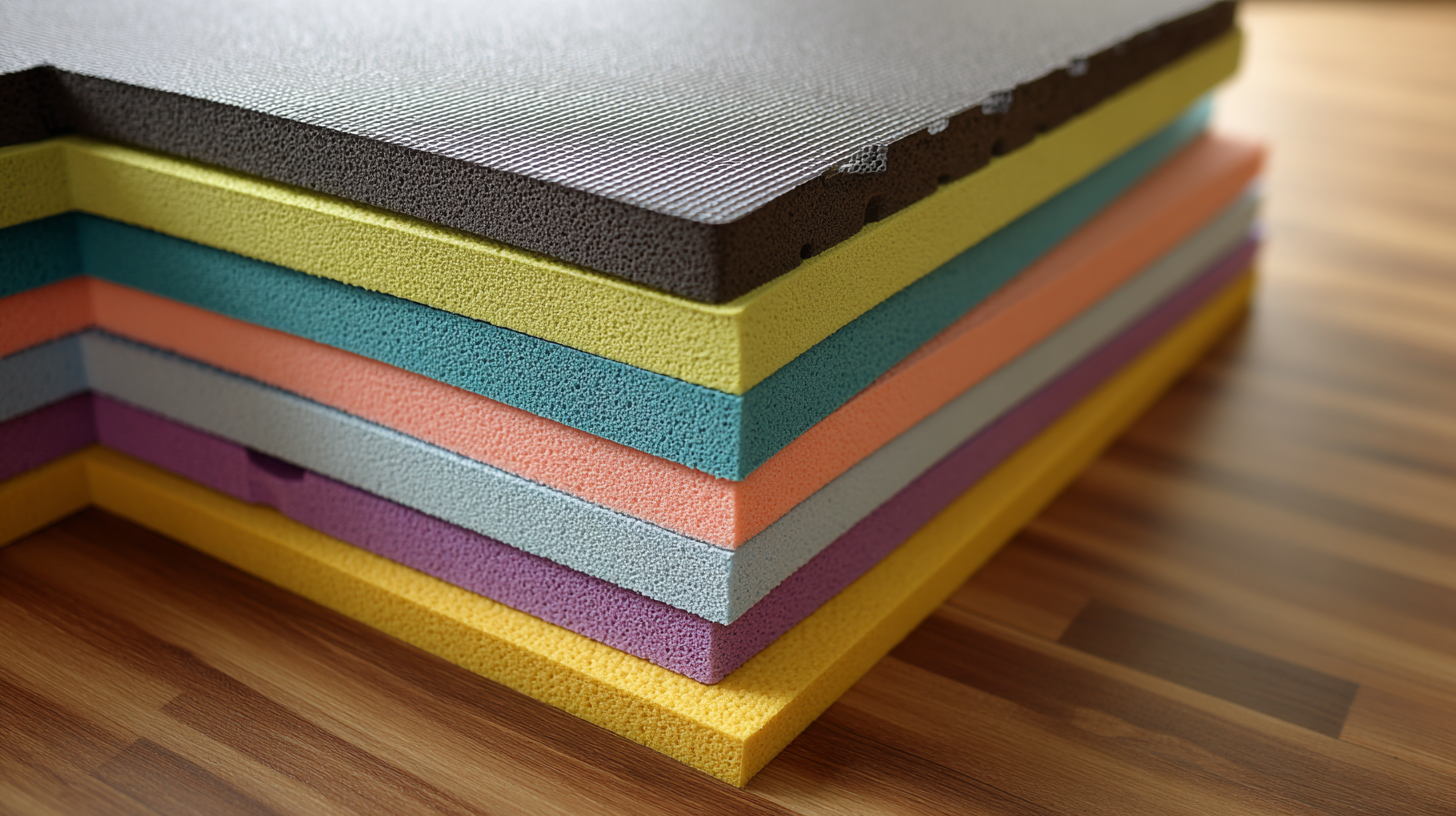
Solid colors foam mats not only add a touch of elegance to interiors but also serve practical purposes, such as noise reduction and cushioning for various activities. Furthermore, industry insights suggest that spaces designed with thoughtful flooring solutions can improve overall well-being and productivity. As you explore options in the realm of solid colors foam mats, utilizing this knowledge will aid in making an informed decision that harmonizes your personal style with functional needs.
When selecting solid color foam mats, it is essential to understand the various types available to make an informed decision for your space. One of the most common types is EVA foam mats, which are made from ethylene-vinyl acetate. These mats are not only lightweight and easy to install but also provide excellent cushioning and durability. They are ideal for home gyms, playrooms, or areas where comfort underfoot is a priority.
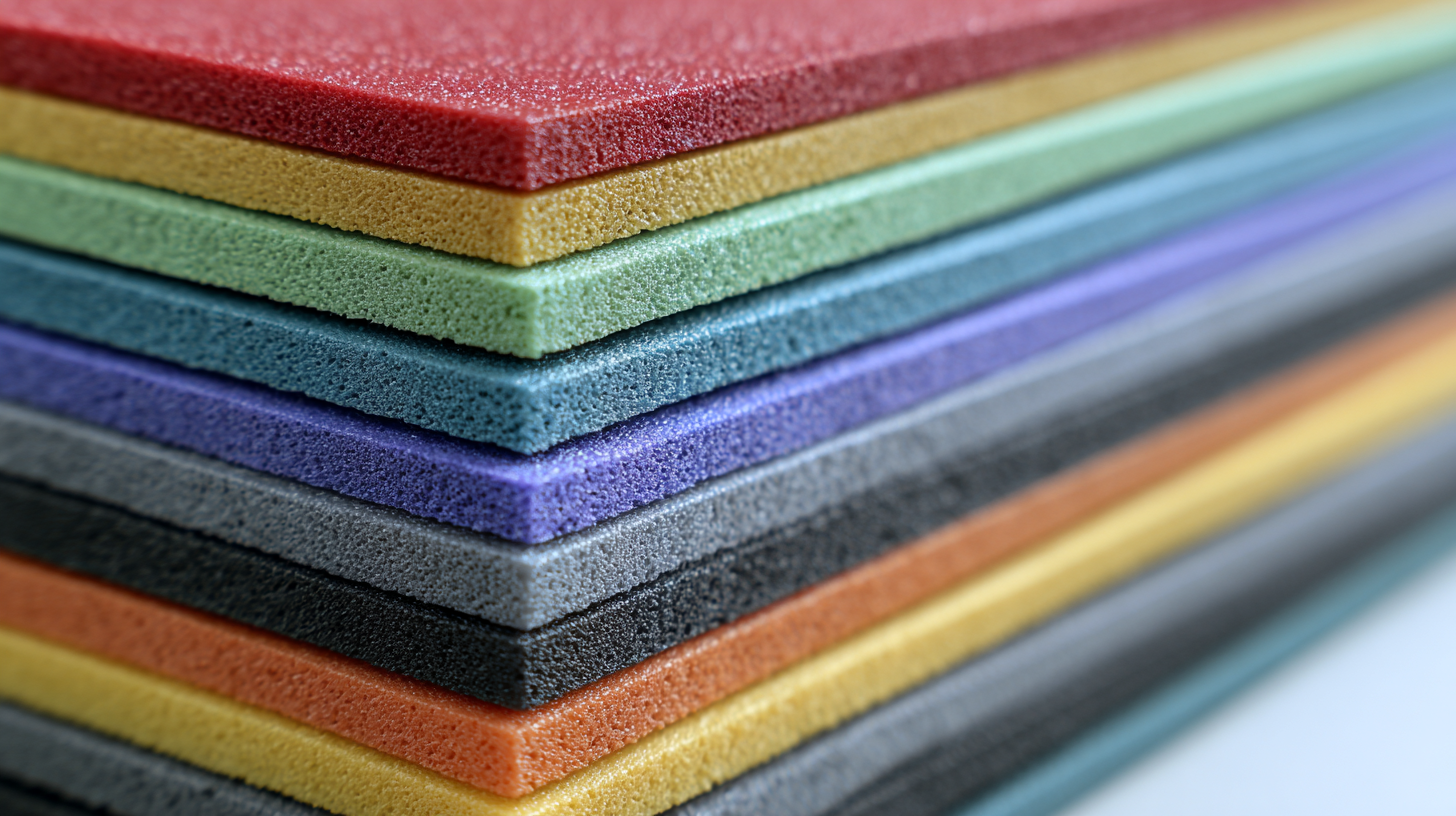
In addition to EVA foam mats, there are also interlocking foam tiles, which offer the flexibility of customizing the size and shape of your flooring. These tiles come in various solid colors and can be rearranged easily, making them suitable for dynamic spaces like dance studios or children’s activity areas. Another option is rubber foam mats, which are more durable and provide better traction, making them a great choice for high-traffic areas or commercial settings. By assessing the specific needs of your space and the characteristics of these different types of foam mats, you can choose the best option that enhances both functionality and aesthetic appeal.
When selecting the best solid colors foam mats for your space, several factors come into play. First, consider the purpose of the foam mats. Are they intended for play areas, exercise spaces, or simply as a decorative element? Understanding the primary use will help narrow down your options significantly. Additionally, think about the size of the area you wish to cover, as well as the thickness and density of the mats, which can affect both comfort and durability.
Tips: Always measure your space accurately before purchasing to avoid returns or mismatched sizes. Look for foam mats that offer non-toxic materials, especially if they're intended for children. A non-slip surface is also crucial for safety, particularly in high-traffic areas or when used in workout spaces.
Furthermore, color and design play a vital role in enhancing your environment. Solid colors can blend harmoniously with your decor while offering a clean, modern look. Choose colors that reflect the mood you want to create—soft pastels for a calming atmosphere or bold hues to energize the space. Remember that color can influence your environment's perception, so select wisely to ensure it aligns with your vision.
When selecting solid color foam mats, thickness and density are crucial factors that directly influence comfort and durability. A thicker foam mat generally provides better cushioning and support, making it ideal for spaces where you might spend a lot of time standing or engaging in physical activities. For example, if the mat is intended for an exercise area or a playroom for children, opting for a thickness of at least half an inch can help absorb impact, reducing the risk of injury and fatigue.
Density also plays a vital role in the performance of foam mats. High-density foam mats tend to be more durable and resilient, resisting compression over time. This not only extends the life of the mat but also ensures that it maintains its shape and supportive qualities. When evaluating options, look for mats that specify their density ratings. A density of 1.8 to 2.5 pounds per cubic foot is usually recommended for residential use, as it strikes a balance between comfort and durability, making it suitable for various applications in your home or workspace.
Choosing the right color for foam mats can significantly enhance the overall aesthetic of your interior space. Start by evaluating the existing color palette of your room. If you have a neutral base, such as white or beige walls, opt for vibrant colors to create a striking contrast. Bright mats in shades of teal, mustard, or coral can add a playful touch, making the space feel more inviting and lively. On the other hand, if your decor features bold patterns and colors, consider selecting solid mats in muted tones like gray, navy, or earthy greens, allowing the mats to complement rather than compete with your furnishings.
Another crucial aspect to consider is the mood you want to evoke in the space. Warm colors, such as reds and oranges, can energize a room, making them suitable for play areas or fitness zones. Cool colors like blues and greens are calming and work well in spaces meant for relaxation, such as bedrooms or meditation areas. Ultimately, the key is to strike a balance between style and functionality, ensuring that the foam mats not only look fantastic but also serve their purpose in your space.
| Color | Psychological Effect | Best Matched Interior Styles | Recommended Areas |
|---|---|---|---|
| Blue | Calming, promotes relaxation | Modern, Coastal, Scandinavian | Living room, bedroom |
| Red | Energizing, creates excitement | Eclectic, Contemporary, Industrial | Home gym, playroom |
| Green | Refreshing, encourages tranquility | Natural, Rustic, Farmhouse | Office, meditation spaces |
| Yellow | Cheerful, stimulates creativity | Tropical, Bohemian, Retro | Children's rooms, kitchens |
| Gray | Neutral, balances other colors | Minimalist, Industrial, Modern | Entryway, office |
When it comes to purchasing quality solid color foam mats, there are several effective avenues to explore. Online retailers such as Amazon and specialty home improvement websites offer a vast array of options, allowing you to compare prices and customer reviews before making a decision. Additionally, these platforms often feature deals and discounts, making it easier to find mats that fit your budget while still meeting your style requirements.
For those who prefer to see and feel the product before purchasing, visiting local home goods stores or specialty flooring suppliers is a great idea. This allows you to assess the mat’s texture, durability, and overall quality firsthand. Many of these stores also have knowledgeable staff who can provide recommendations based on your specific needs, whether you're looking for mats suitable for kids’ play areas or for creating a comfortable workout space. Don't forget to check for sales or promotions that may not be advertised online, providing further savings on your purchase.
